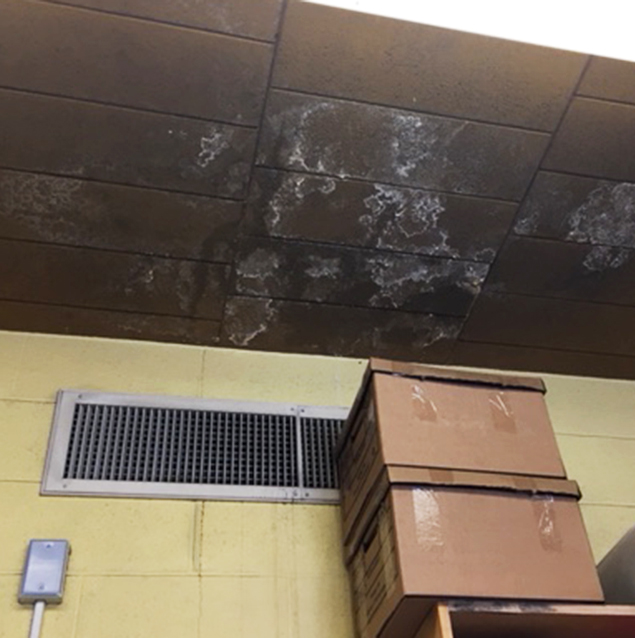Where did April go? We’re already into May but wanted to take a moment to reflect on April’s “Healthy Schools Day” in Canada. This designated day gives Canadians a specific time to focus on school buildings’ indoor environment quality and how this environment can either benefit or harm the health of our country’s school children and all the adults who work in school buildings across Canada.
What are common issues in school buildings?
1. Exposure to hazards
- Children are more vulnerable to environmental hazards than adults
- Children spend an average of 30 to 50 hours per week in school
- Adults who work in school buildings spend even more than 30-50 hours per week in their school workplaces
- Children attending schools in good condition score 5 to 10 percent higher on standardized tests than students who attend schools in poor condition
2. Indoor Air Quality and Impacts
- Many schools have problems linked to indoor air quality
- Improved indoor air quality positively impacts health and, conversely, poor indoor environmental quality is associated with respiratory illnesses and poor concentration, leading to poor learning
- We know poor indoor air quality is particularly challenging for people with asthma and we also know that 13-17% of school children in Canada have asthma, the leading cause of school absenteeism. Asthma accounts for thousands of missed school days each year and contributes high costs to the medical system
Let's think about school air quality when building new schools/ renovating school yards in #ontario. #asthma https://t.co/n815CmyWGv
— Fix Our Schools (@Fix_Our_Schools) March 24, 2018
3. Water
- Very few new schools have been built in Ontario in the last few decades therefore most school buildings do not have upgraded plumbing systems
- Water standing overnight in school building pipes creates opportunity for lead leaching into the drinking water system at schools
- The EPA & Centers for Disease Control and Prevention agree that there is NO KNOWN safe level of lead in a child’s blood
- Many schools do not have backflow preventers, which are absolutely necessary to prevent bacteria from contaminating the drinking water systems
4. The Lack of State of Good Repair Standards
- Canada’s school boards make very difficult decisions between cutting back programs vs. cutting back on needed building maintenance because provincial funding simply isn’t sufficient for all education needs
- Provinces, including Ontario, do not have a ‘State of Good Repair’ Standard for school buildings, which are important public infrastructure
- Many provinces in Canada do not have mandatory carbon monoxide detector legislation for school buildings
Can you believe there are #Canadian schools not required to have Carbon Monoxide detectors??? Including #Ontario…https://t.co/u6EdbwLiYI
— Fix Our Schools (@Fix_Our_Schools) March 30, 2019
The Future
When schools provide cleaner air, improved lighting, and reduced exposures to toxic substances, the children and adults who spend their days in these buildings benefit. They are healthier, miss fewer days of school/work and we see improved academic achievement for students.

